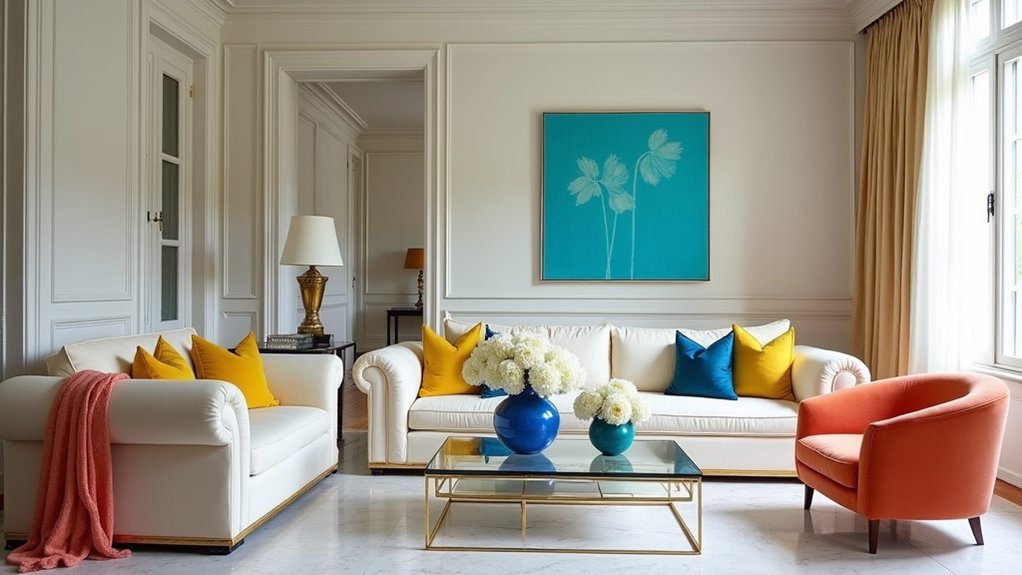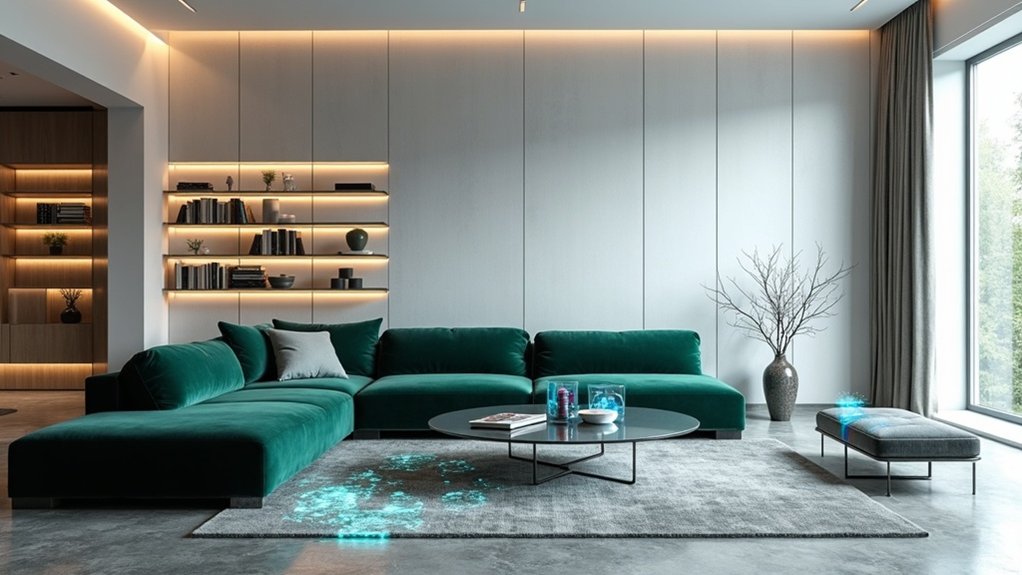Throughout the twentieth century, a select group of visionaries transformed the worlds of fashion, architecture, and graphic design, leaving lasting marks that continue to shape contemporary aesthetics. These pioneers didn’t merely create beautiful objects; they fundamentally altered how society perceives style, space, and visual communication.
In fashion, Coco Chanel liberated women from the constraints of corsets and petticoats, introducing simple yet elegant designs that revolutionized wardrobes worldwide. Her creation of the little black dress and Chanel No. 5 perfume achieved cult status, while her collarless tweed suits became symbols of sophisticated femininity. She also pioneered the use of jersey fabric in women’s fashion, transforming what was once considered a humble material into a luxury staple.
Christian Dior followed with his groundbreaking “New Look” in 1947, featuring cinched waists and full skirts that redefined post-war silhouettes. His luxury fashion house revived Paris as the world’s fashion capital, establishing an empire that expanded into perfumes and accessories.
Dior’s revolutionary New Look transformed post-war fashion, restoring Paris as the epicenter of haute couture elegance.
Yves Saint Laurent pushed boundaries further by pioneering ready-to-wear luxury fashion through his Rive Gauche line. His 1966 “Le Smoking” tuxedo suit for women challenged gender norms, making pants a fashion statement rather than mere practicality.
Meanwhile, Cristóbal Balenciaga earned the title “The Master of Haute Couture” through his architectural approach to design, creating innovative silhouettes like the sack dress and balloon skirt with such perfect proportions they rarely required alterations.
American designer Ralph Lauren built a $7 billion empire from a small Empire State Building office, defining the preppy aesthetic that dominated fashion from the 1980s through 2000s. His polo player emblem became globally recognizable, seamlessly blending American sportswear with English aristocratic sensibilities.
Beyond fashion, Frank Lloyd Wright revolutionized architecture through his concept of organic design, harmonizing buildings with their natural surroundings. His Prairie School style, characterized by horizontal lines and open interiors, influenced generations of architects and is a precursor to biophilic design principles that enhance well-being.
Wright designed over 1,000 structures, completing 532 projects including masterpieces like Fallingwater and the Guggenheim Museum, remaining productive well into his 90s. Similarly transformative in architecture, Antoni Gaudi created Barcelona’s iconic Sagrada Familia, combining naturalistic, neo-gothic, and dream-like elements that continue to captivate millions of visitors annually.
These design legends didn’t simply follow trends; they created movements that fundamentally altered how we experience beauty, function, and self-expression in the modern world.








